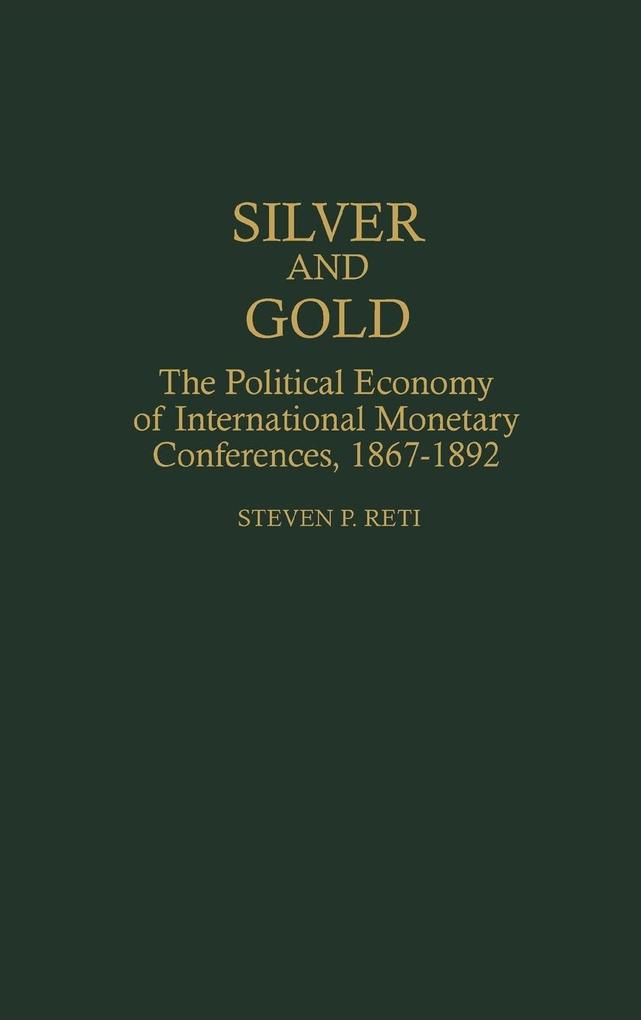For many observers of international politics, the classical gold standard is the premier example of successful international monetary cooperation. Curiously, most studies portray this 19th century system as a spontaneous development. Reti, after a thorough investigation of diplomatic records, argues that the gold standard grew out of several years of international negotiation. At the Conference of 1867, delegates for 20 states debated the monetary standard and agreed to adopt gold as soon as possible. In response to worldwide deflation from 1873 to 1896, the Conferences of 1878, 1881, and 1892 reconsidered the merits of gold, and the leading states reaffirmed their adherence to the gold standard. Reti uses theories of international regimes to explain the roles of hegemonic power, domestic politics, and causal beliefs on conference diplomacy. He asserts that the classical gold standard can best be understood as a coordination game in which negotiations informed nations about how to cooperate.
Inhaltsverzeichnis
Introduction
The Question of Monetary Cooperation
Choosing Gold: The Conference of 1867
The Battle of the Standards Begins: The Conference of 1878
The Battle of the Standards Continues: The Conference of 1881
The Culmination of the Battle of the Standards: The Conference of 1892
The Politics of the International Monetary Conferences
Conclusion
Appendices
References















